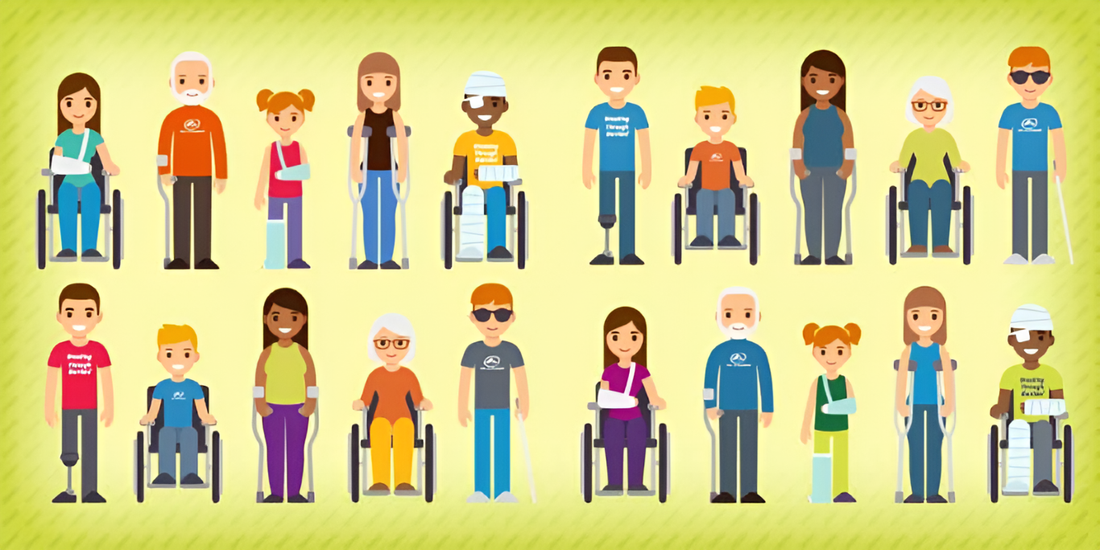Empower Communities in 2019 with Access Solutions
If you don't have mobility challenges, you may be wondering why you should push your business or community toward wheelchair accessible solutions.
The answer? Environment is a major factor when creating an inclusive atmosphere. Imagine approaching a barrier every time you try to enter a business or attend an event in a public place. If it’s a battle just entering your business, you could be losing out on several customers, not to mention the negative message your business could be sending by unknowingly denying access to an entire population. Instead, look to be an example of disability inclusion for other local businesses to follow. Below we sum up definitions and suggestions for disability inclusion defined by the CDC to help your community move toward a more inclusive future.

What is Disability Inclusion?
First things first, let’s define what it means to include individuals of all abilities. According to the CDC, “Including people with disabilities in everyday activities and encouraging them to have roles similar to their peers who do not have a disability is disability inclusion. This involves more than simply encouraging people; it requires making sure adequate policies and practices are in effect in a community or organization.”
This means that individuals with disabilities should have the same opportunities to health education, counseling, and work that everyone else has. Barriers to these opportunities should be identified and eliminated so all individuals have the chance to participate in everyday activities to the best of their ability

Barriers to Inclusion
Now that you know what disability inclusion is, it’s time to identify the barriers to everyday opportunities. The World Health Organization (WHO) defines barriers as, “Factors in a person’s environment that, through their absence or presence, limit functioning and create disability.”
Types of barriers include: attitudinal (stereotypes or prejudices), communication, physical, policy, programmatic, and social barriers. Examples of these may be: a lack of ramp access (physical barrier), a lack of braille or screen readers (communication barrier), and the high unemployment rate for individuals with disabilities (social barrier). For a comprehensive list of common barriers, visit this CDC page.

Inclusion Strategies
Fortunately, there are practical steps that business owners and community leaders can take to include the disability community. These include:
- “Getting fair treatment from others (nondiscrimination)
- Making products, communications, and the physical environment more accessible by as many people as possible (universal design)
- Modifying items, procedures, or systems to enable a person with a disability to use them to the maximum extent possible (reasonable accommodations)
- Eliminating the belief that people with disabilities are unhealthy or less capable of doing things (stigma, stereotypes).”
To execute these strategies, ask for input from people with disabilities in the community, and appoint committees to take action. One example that we have experience with at EZ-ACCESS is providing wheelchair accessible solutions for individuals with limited mobility. When contractors or project managers approach us about access in a public place or business, we generally start with our TITAN™ Code Compliant Modular Access System and customize it to fit the unique needs of that facility.
When we take the time to educate ourselves on disability inclusion and address barriers, we create a more welcoming environment for everyone.
Offering access into a building or activity without barriers communicates respect and value to all individuals participating. Business owners and leaders not only have the responsibility to include this demographic, but the opportunity to lead and inspire positive social impact.

